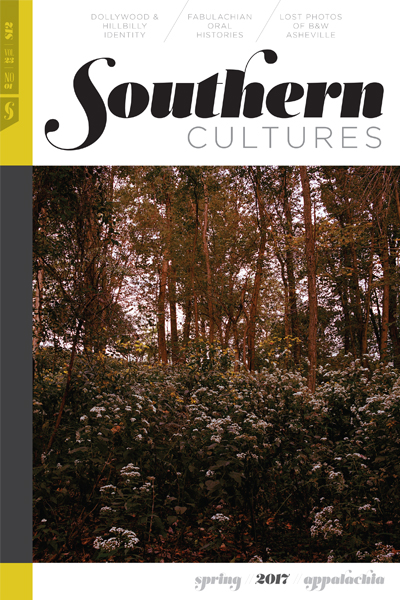The New Vrindaban is a Krishna community in the hills of Appalachia, the vision of A. C. Bhaktivedanta Swami Prabhupada, the founder and spiritual leader of the International Society for Krishna Consciousness. The New Vrindaban in West Virginia is the realization of Prabhupada’s dream to establish a holy pilgrimage site in North America. It was conceived to echo Vrindavan, India, which is where, according to many Hindu religions, Krishna took human form. The devotees of the Krishna faith understand it to be the equivalent of Heaven on Earth.
I began photographing the New Vrindaban community in order to explore a part of my home in Appalachia that was unfamiliar to me. Through many visits, conversations, and experiences, I found a multinational group living together in an attempt to create a utopian society based in the Krishna Consciousness ideals. Some of the residents are simply passing through on a spiritual quest and some have been there for decades, completely devoted to the community and upkeep of the grounds, which have become an extravagant memorial to their spiritual leader Prabhupada.
Not all of the residents at New Vrindaban are transplants from distant locations; some are originally from the surrounding area and have a similar upbringing to Appalachians such as myself. The culture at New Vrindaban, though at odds with the traditional context of Appalachia, does not exist in a vacuum; familiar cultural markers are juxtaposed with the anomalous—traditional Krishna robes paired with steel-toed boots and blue-collar workwear.
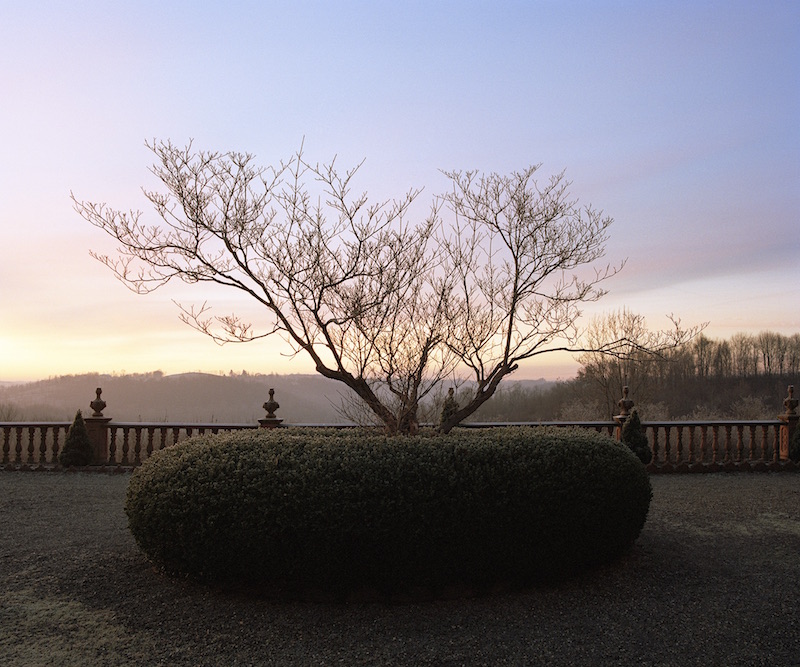
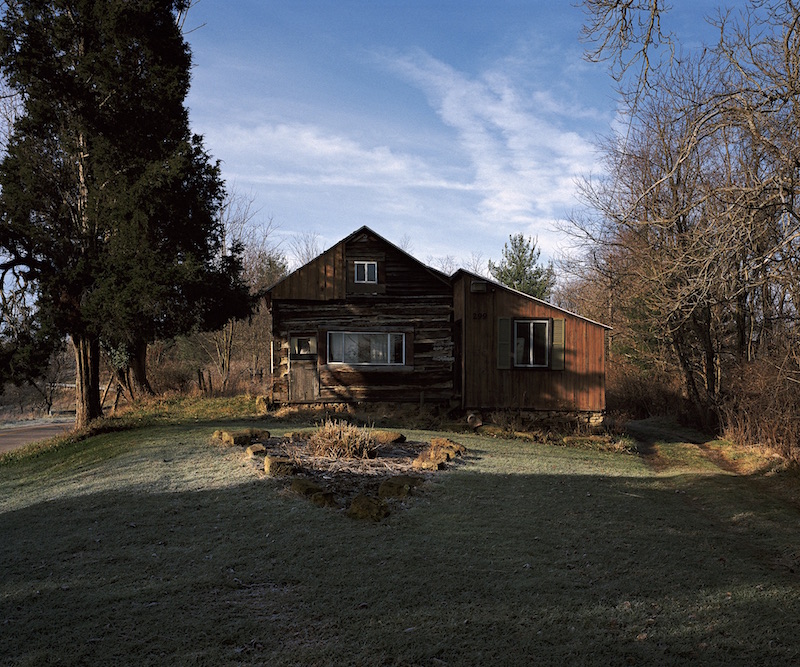
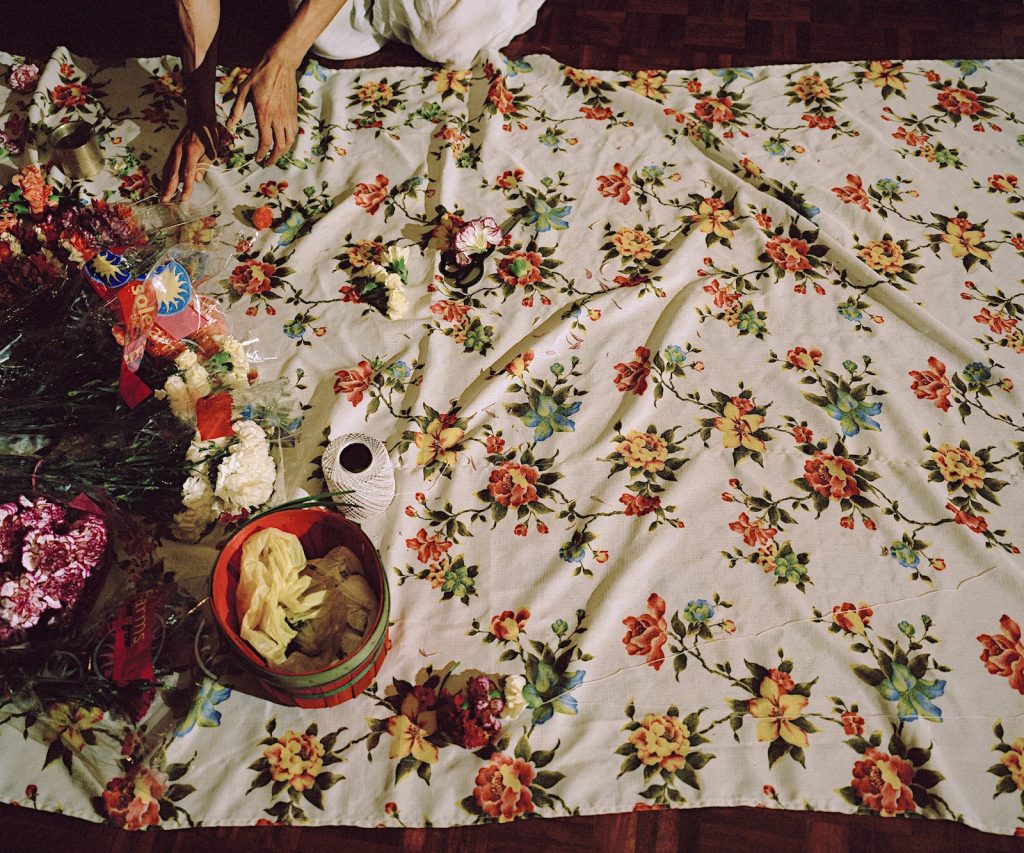
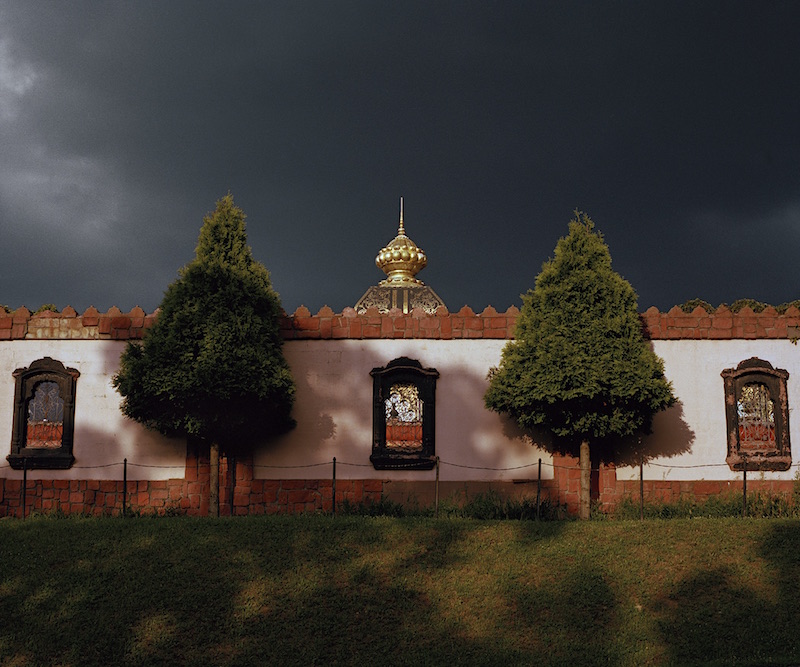
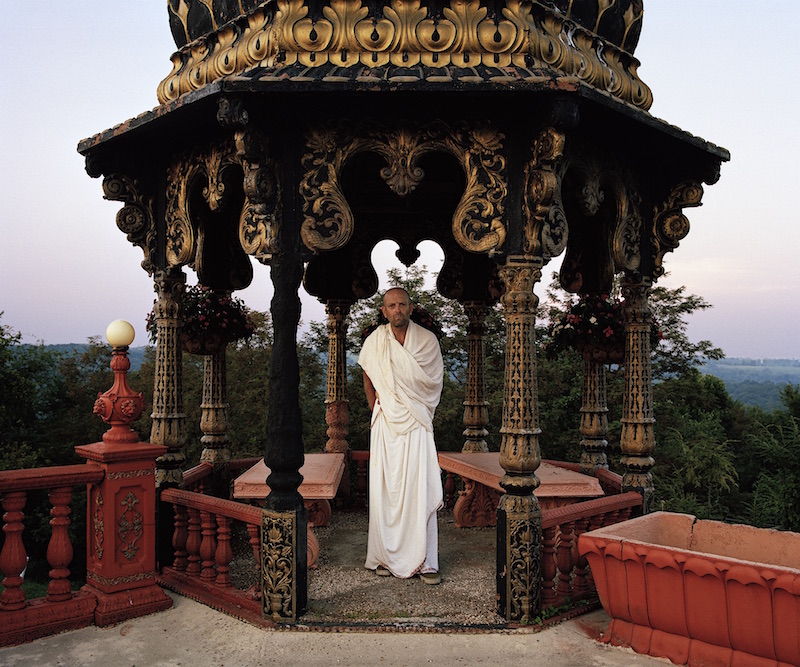
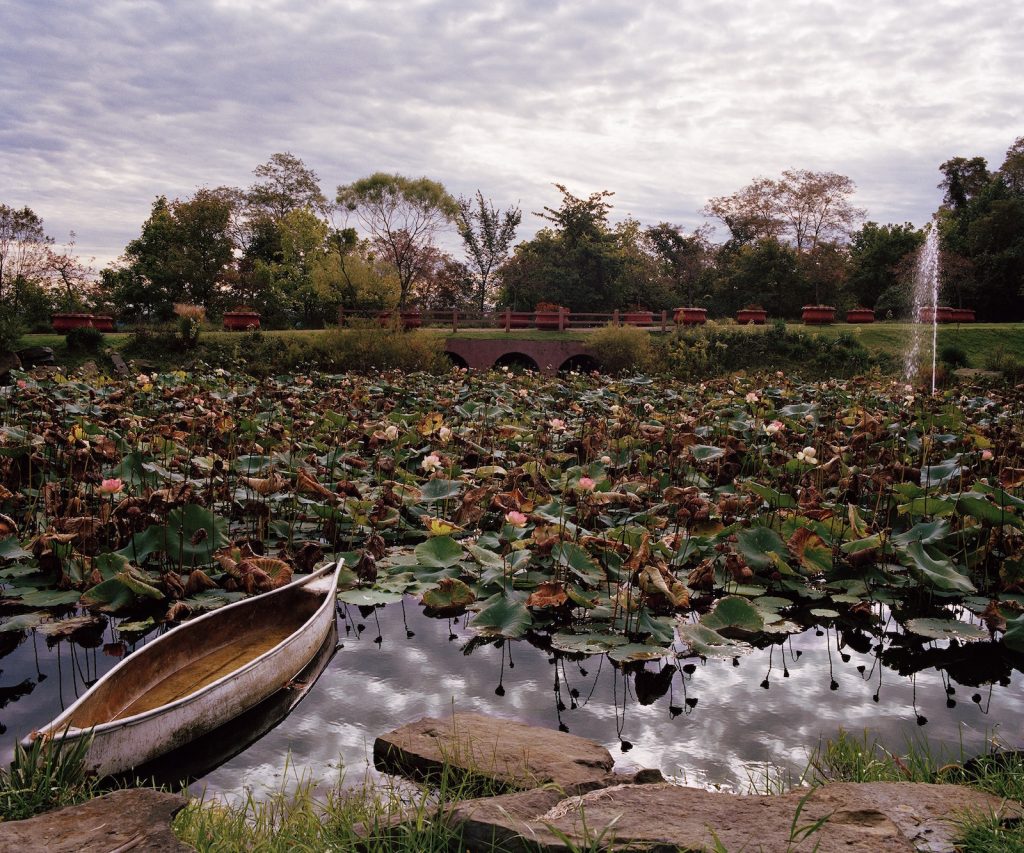
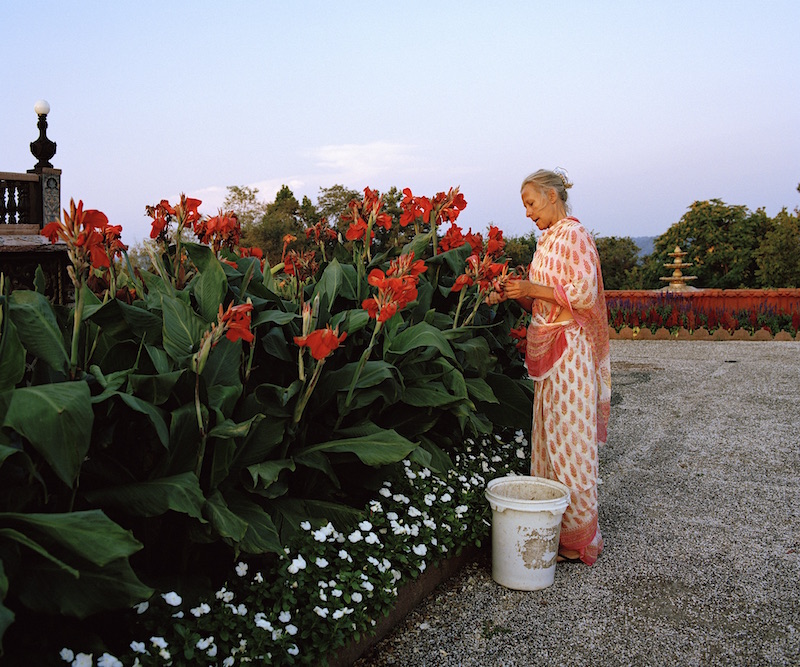
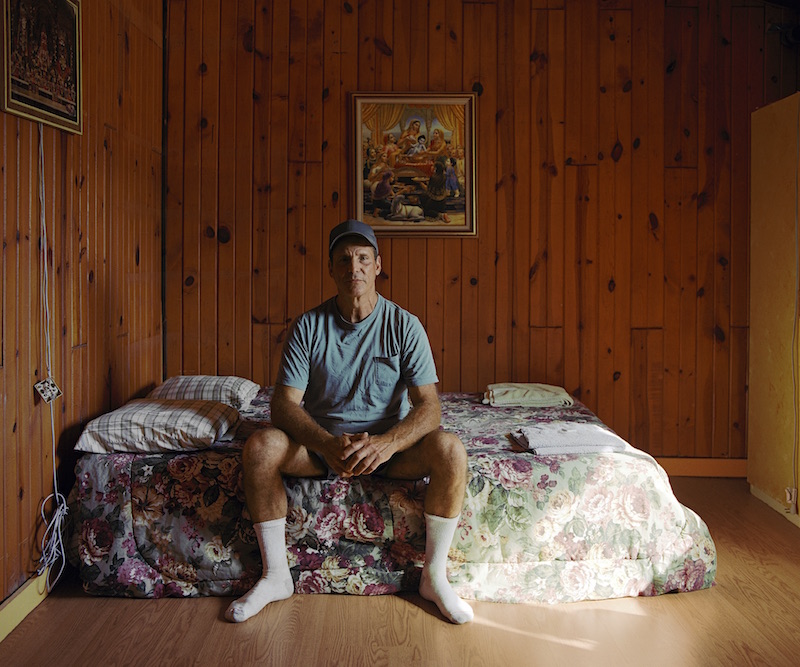
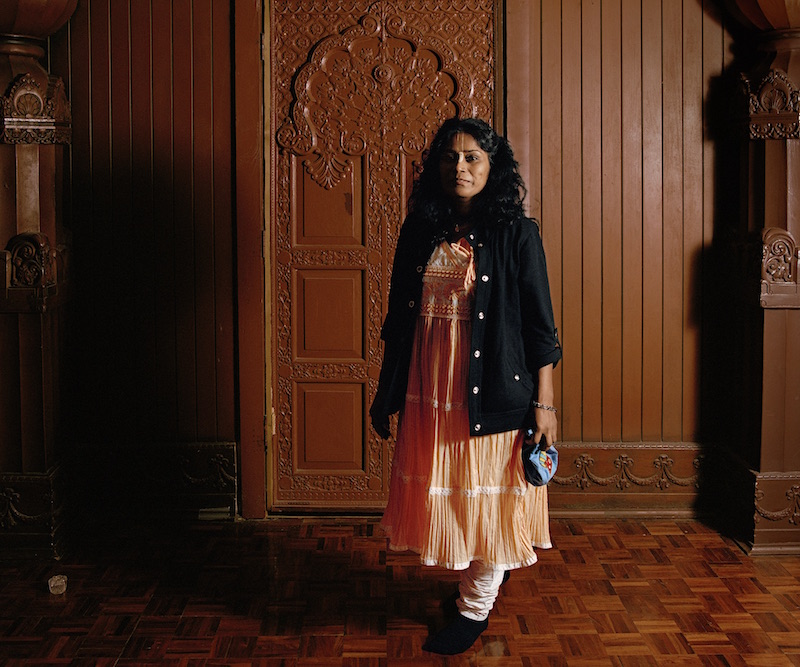
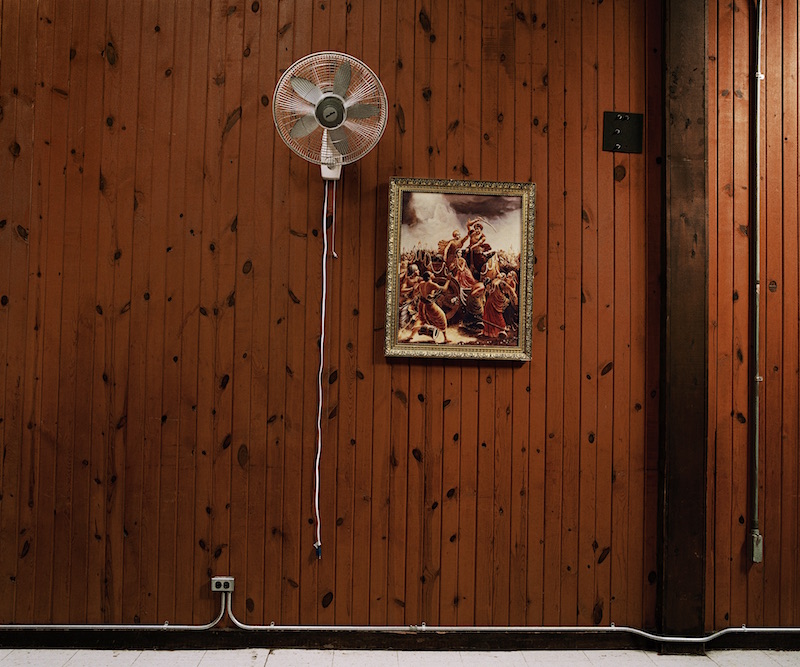
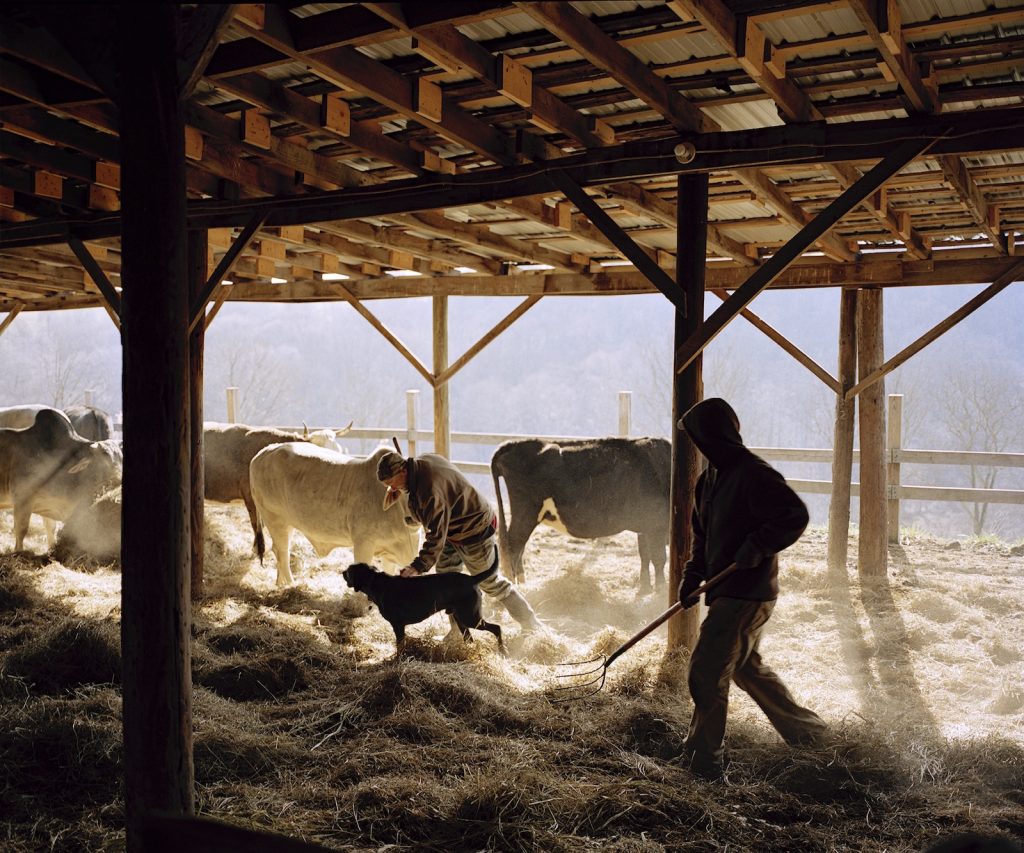
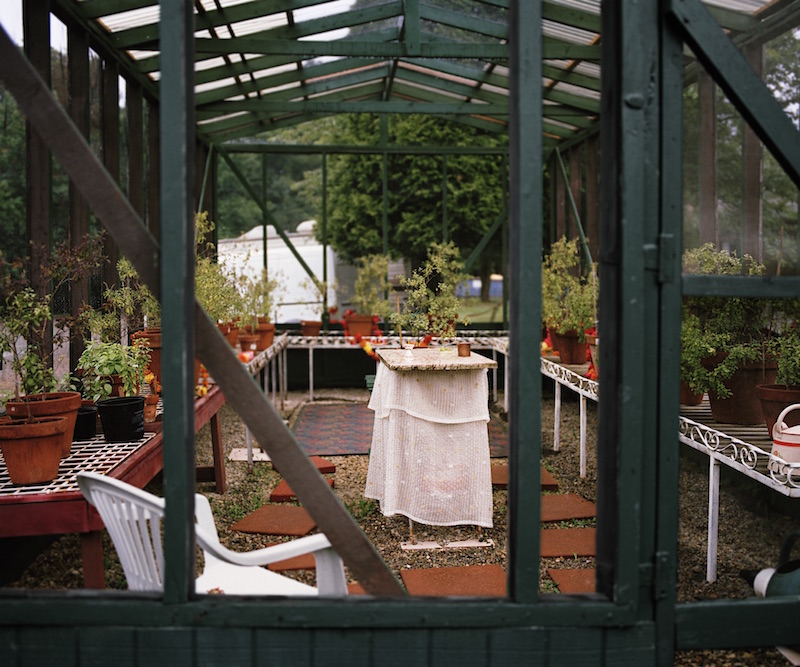
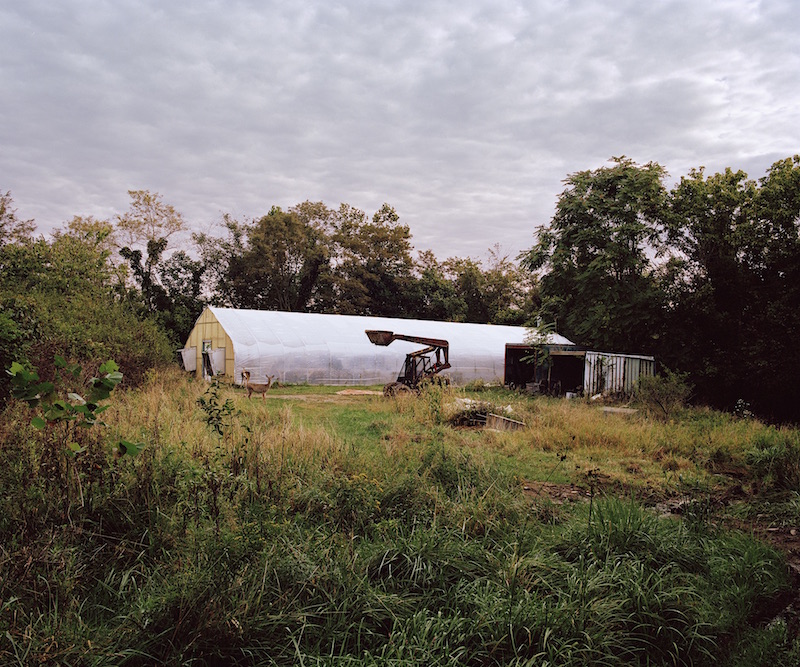
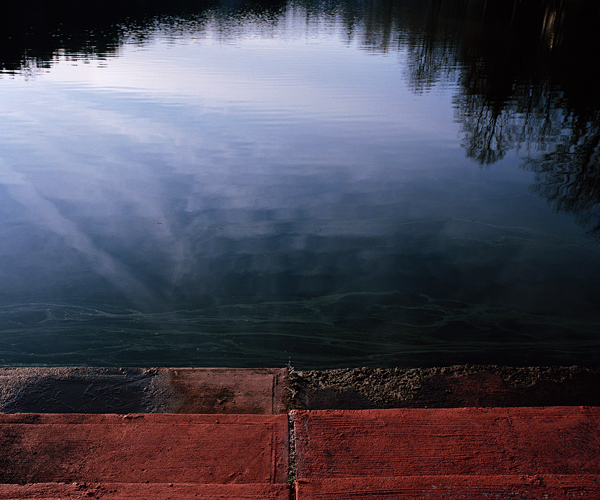
This photo essay was first published in the Appalachia issue (vol. 23, no 1: Spring 2017).
Aaron Blum is an eighth generation West Virginian, and creates art deeply linked to his home. Most of his work centers around a single question, What does it mean to be Appalachian? His creation process is a diversified approach of image-based media that creates a glimpse into his own concepts of home, and the social fabric of a very large and misrepresented people and place.

